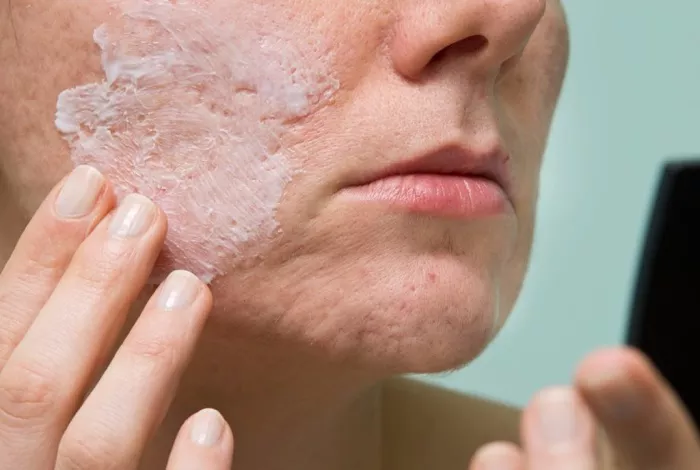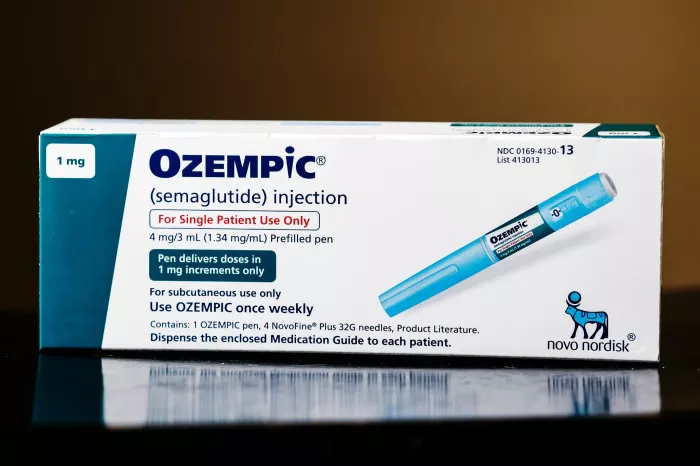Leg scars, whether resulting from injuries, surgeries, or skin conditions, can be a cause of concern for many individuals. In this comprehensive guide, we will explore the various factors influencing the healing timeline of leg scars and provide insights into what individuals can expect during this process.
The Nature of Leg Scars
Before delving into the healing timeline, it’s crucial to understand the nature of leg scars. This section discusses the different types of leg scars, including hypertrophic, keloid, and atrophic scars, and explores the common causes that lead to scar formation on the legs.
The Phases of Scar Healing
Scar healing is a complex and dynamic process that occurs in distinct phases. This part of the article provides a comprehensive overview of the three main phases of scar healing – inflammation, proliferation, and remodeling – and explores how these phases apply specifically to leg scars.
Factors Influencing Leg Scar Healing Time
Numerous factors can influence how long it takes for leg scars to heal. This section delves into both internal and external factors, such as age, genetics, wound size, and the type of injury or surgery, shedding light on why the healing process may vary from one individual to another.
Wound Care
Proper wound care is instrumental in facilitating optimal scar healing. This part of the guide discusses the importance of keeping leg wounds clean, moist, and protected to minimize complications and promote an environment conducive to efficient scar healing.
Early Days
The first few weeks after the injury or surgery are critical for leg scar healing. This section outlines the immediate steps individuals can take to promote healing during the initial stages, addressing topics such as stitches removal, scar massage, and the use of topical treatments.
Timeline for Different Types of Leg Scars
The timeline for leg scar healing can vary depending on the type of scar. This part of the article offers a general timeline for different types of leg scars, providing individuals with a realistic framework for managing their expectations as they navigate the healing journey.
Topical Treatments
Topical treatments play a significant role in optimizing leg scar healing. This section explores the various over-the-counter and prescription options available, including silicone sheets, vitamin E creams, and other specialized formulations, and how they contribute to scar improvement.
Professional Interventions
For individuals with complex leg scars or those experiencing challenges in the healing process, seeking professional intervention is essential. This part of the guide discusses the various medical procedures and interventions healthcare providers may recommend to enhance leg scar healing.
Managing Complications
Complications during leg scar healing are not uncommon. This section outlines potential challenges such as infections, hypertrophy, and delayed healing, offering insights into how individuals can identify and address these issues to ensure optimal scar healing.
Lifestyle Factors
Beyond medical interventions, lifestyle factors play a pivotal role in leg scar healing. This part of the article discusses the importance of maintaining a healthy lifestyle, including proper nutrition, hydration, and avoiding factors that can hinder the healing process.
Embracing Patience
Patience is a virtue when it comes to leg scar healing. This section emphasizes the significance of allowing adequate time for the scars to mature and settle, acknowledging that the process is gradual and may extend beyond the initial weeks or months.
Consulting with a Dermatologist
Before and during the leg scar healing process, consulting with a dermatologist is invaluable. This final section underscores the importance of seeking professional guidance, ensuring that individuals receive personalized advice tailored to their specific leg scar characteristics and overall health.
Conclusion
In conclusion, the healing timeline for leg scars is a dynamic process influenced by various factors. By understanding the nature of leg scars, actively participating in wound care, exploring appropriate topical treatments, and seeking professional guidance when needed, individuals can empower themselves on their leg scar healing journey. Remember, patience is key, and consulting with a dermatologist ensures that the approach to leg scar healing is personalized and optimized for the best possible outcomes.
[inline_related_posts title=”You Might Be Interested In” title_align=”left” style=”list” number=”6″ align=”none” ids=”3255,3253,3164″ by=”categories” orderby=”rand” order=”DESC” hide_thumb=”no” thumb_right=”no” views=”no” date=”yes” grid_columns=”2″ post_type=”” tax=””]
































